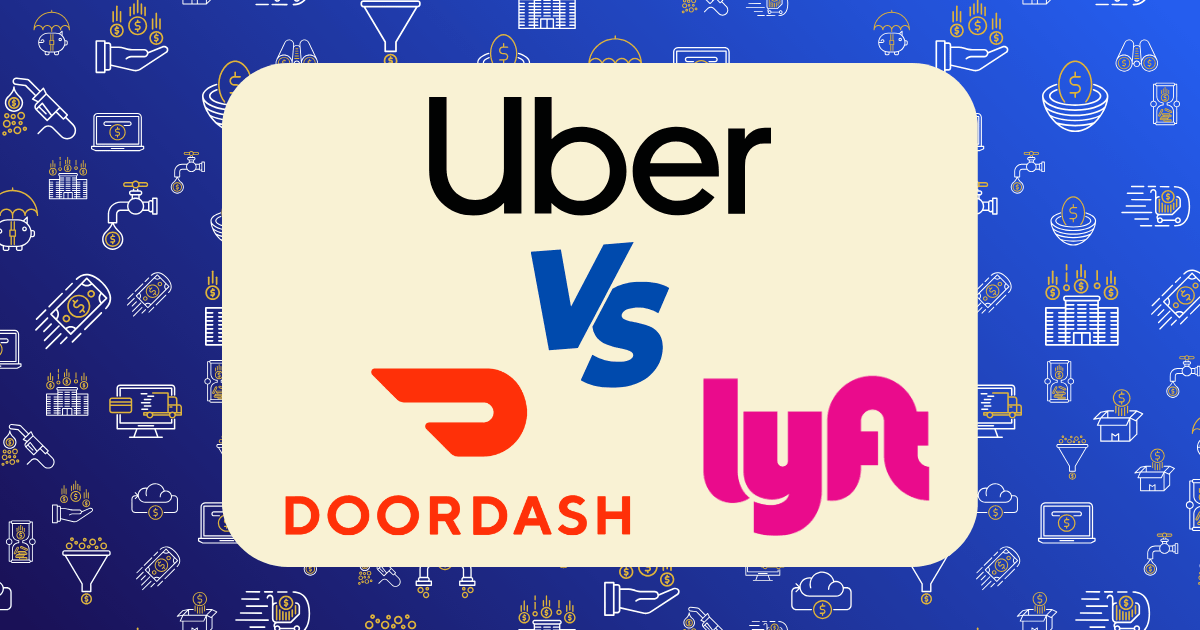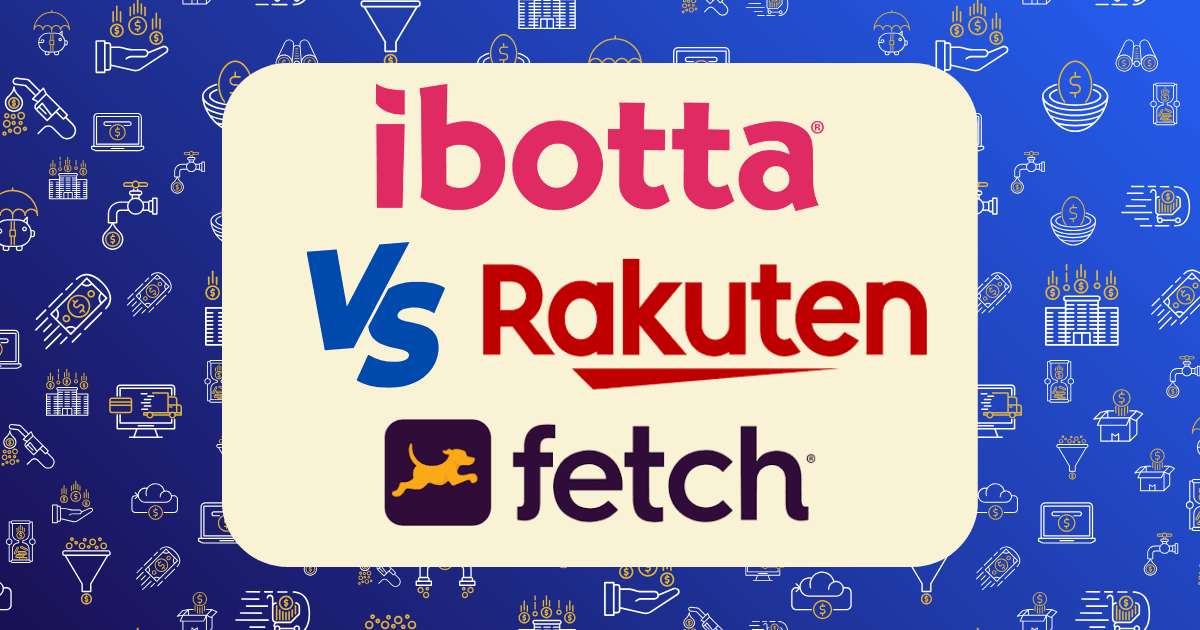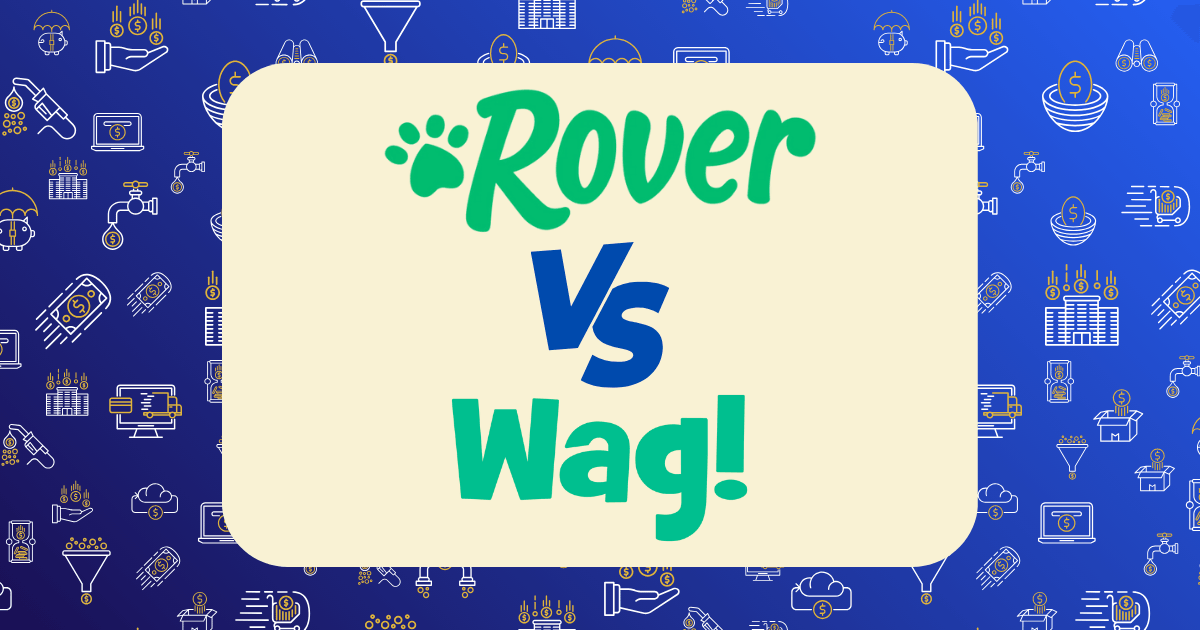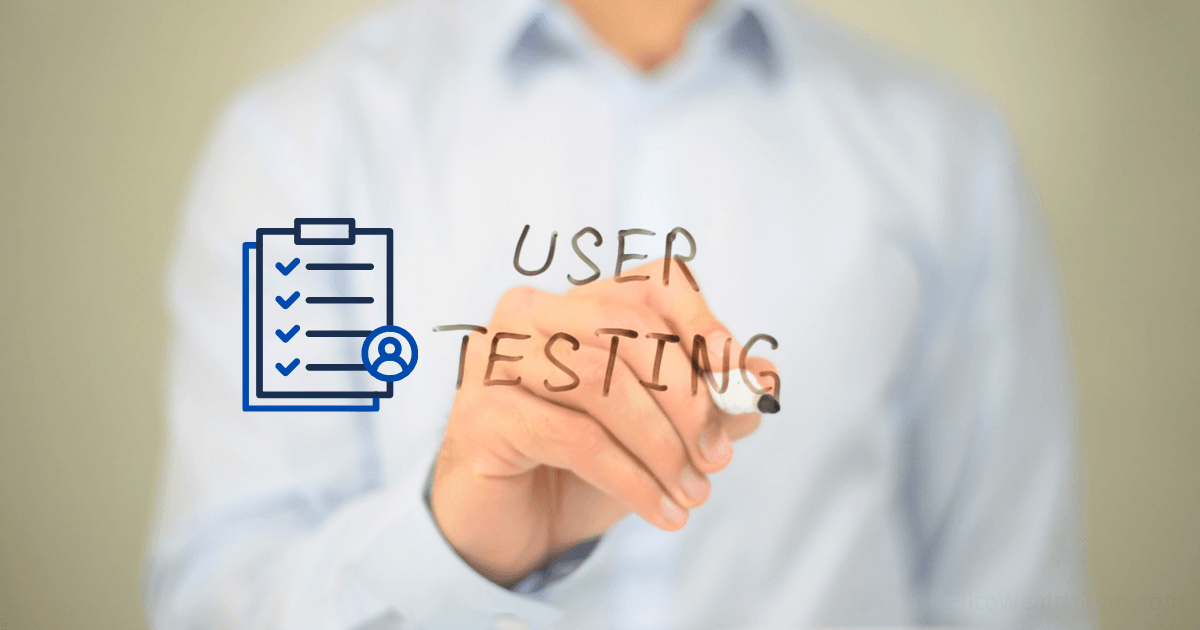UserTesting vs TryMyUI vs Userlytics: Which User Testing Platform Offers the Most Gigs?
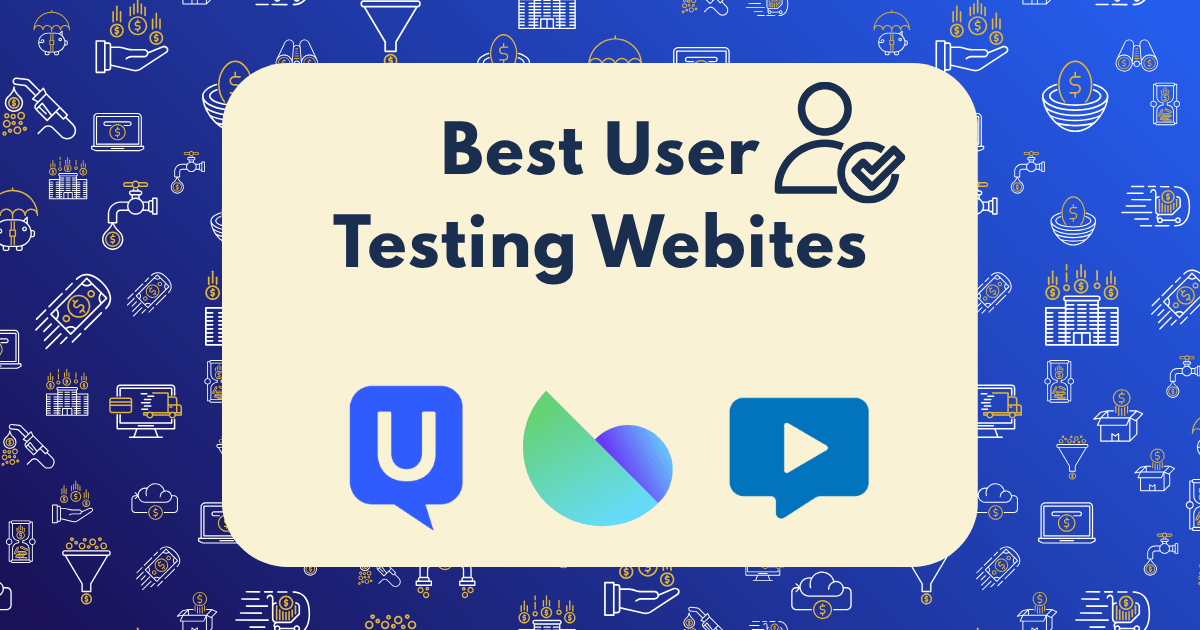
User testing platforms offer some of the highest-paying micro-task opportunities available online, with rates typically ranging from $10-$60 per test. But the real challenge isn’t the pay rate—it’s securing enough tests to generate meaningful income. After three months of actively working on all three major platforms simultaneously, I’ve gathered concrete data on which platform actually delivers the most consistent testing opportunities.
This isn’t theoretical research—it’s a systematic comparison based on my personal experience as a qualified tester on UserTesting, TryMyUI (now Trymata), and Userlytics. The results revealed significant differences in test volume, qualification rates, and earning potential that most comparison articles completely overlook.
My Testing Methodology: A Controlled Experiment
To ensure the most accurate comparison possible, I implemented a strict testing protocol:
- Created profiles on all three platforms with identical demographic information
- Maintained “5-star” ratings on all platforms throughout the testing period
- Kept notification settings identical (email + mobile alerts)
- Checked all platforms at the same frequency (hourly during business hours)
- Tracked all test invitations, qualification attempts, and completed tests
- Documented earnings, test duration, and response requirements
This methodical approach eliminated variables that might skew the results, allowing for a direct comparison of platform performance from a tester’s perspective.
The Raw Numbers: My Actual Test Volume and Earnings
Here’s the comprehensive data from my three-month experiment:
UserTesting Performance
- Total test invitations received: 187
- Qualification attempts: 142
- Tests completed: 38
- Qualification rate: 26.8%
- Average test duration: 23.4 minutes
- Average pay per test: $10.52
- Total earnings: $399.76
- Earnings per month: $133.25
- Types of tests: Website evaluation (68%), app testing (24%), prototype feedback (8%)
TryMyUI/Trymata Performance
- Total test invitations received: 63
- Qualification attempts: 52
- Tests completed: 19
- Qualification rate: 36.5%
- Average test duration: 26.7 minutes
- Average pay per test: $10.00
- Total earnings: $190.00
- Earnings per month: $63.33
- Types of tests: Website evaluation (84%), prototype feedback (16%)
Userlytics Performance
- Total test invitations received: 91
- Qualification attempts: 74
- Tests completed: 22
- Qualification rate: 29.7%
- Average test duration: 28.2 minutes
- Average pay per test: $12.27
- Total earnings: $270.00
- Earnings per month: $90.00
- Types of tests: Website evaluation (59%), app testing (23%), prototype feedback (18%)
Key Performance Differences
- Test invitation volume: UserTesting (187) > Userlytics (91) > TryMyUI (63)
- Qualification rate: TryMyUI (36.5%) > Userlytics (29.7%) > UserTesting (26.8%)
- Monthly earnings: UserTesting ($133.25) > Userlytics ($90.00) > TryMyUI ($63.33)
- Test duration efficiency: UserTesting (23.4 min) > TryMyUI (26.7 min) > Userlytics (28.2 min)
Beyond the Numbers: Qualitative Platform Differences
Raw test volume tells only part of the story. These qualitative factors significantly impacted my experience and earning potential:
UserTesting Insights
- Screener complexity UserTesting employed the most sophisticated screening questions, often requiring 5-8 questions before determining eligibility. This reduced qualification rates but ensured better test fit.
- Live conversation opportunities
UserTesting was the only platform that regularly offered live conversation tests (7 invitations, 3 completed), which paid $30-60 for 30-45 minutes of work. - Dashboard functionality
The platform provided the most user-friendly dashboard for tracking completed tests, pending payments, and rating history, making it easier to manage testing work. - Client feedback system
UserTesting offered the most comprehensive rating system, with clients rating testers on verbal communication, written feedback, and task completion—providing valuable guidance for improvement.
TryMyUI/Trymata Insights
- Simplified screening process
TryMyUI typically used 2-4 screening questions, resulting in the highest qualification rate but sometimes leading to mismatched testing experiences. - Consistent test format
Tests followed a highly standardized format, making preparation easier but resulting in somewhat repetitive testing experiences. - Limited test variety
TryMyUI offered the least diverse testing opportunities, with 84% of tests involving basic website evaluation rather than more complex products. - Payment processing reliability
TryMyUI consistently processed payments every Friday without delays, creating predictable income timing despite lower volume.
Userlytics Insights
- Higher-paying test average
Userlytics offered the highest average payment per test at $12.27, with several tests paying $20+ for specialized demographic requirements. - International testing opportunities
The platform provided more tests for international websites and applications (17% of total tests), creating opportunities for multilingual testers. - Complex testing interface
Userlytics’ testing interface required more technical knowledge, with occasional issues recording or uploading completed tests. - Detailed demographic targeting
The platform used the most specific demographic targeting, including professional background and industry experience, which reduced overall test volume but improved match quality.
The Hidden Factors That Affect Test Volume
My experiment revealed several less obvious factors that significantly impacted the number of testing opportunities received:
1. Time Zone Advantage
Test invitations were not distributed evenly throughout the day:
- UserTesting: 68% of invitations arrived between 10am-3pm Pacific Time
- TryMyUI: 72% of invitations arrived between 9am-2pm Pacific Time
- Userlytics: More evenly distributed, with 54% arriving between 8am-5pm Pacific Time
This pattern suggests that testers in or near the Pacific Time zone may have an advantage in securing tests, particularly on UserTesting and TryMyUI.
2. Device Requirements Impact
The platforms differed significantly in their device requirements:
- UserTesting: 43% of tests required mobile devices (split evenly between iOS and Android)
- TryMyUI: Only 12% of tests required mobile devices (predominantly iOS)
- Userlytics: 31% of tests required mobile devices (slight preference for Android)
Having access to both iOS and Android devices substantially increased available testing opportunities across all platforms.
3. Industry Knowledge Value
Tests requiring specific industry knowledge or professional background were distributed unevenly:
- UserTesting: 26% required specialized knowledge (predominantly tech, finance, healthcare)
- TryMyUI: 9% required specialized knowledge (predominantly e-commerce)
- Userlytics: 32% required specialized knowledge (diverse industries)
Testers with professional backgrounds in technology, healthcare, or finance received significantly more opportunities, particularly on UserTesting and Userlytics.
4. Response Time Critical Window
All platforms showed a dramatic drop-off in test availability based on response time:
- UserTesting: 87% of tests were filled within 4 minutes of notification
- TryMyUI: 73% of tests were filled within 8 minutes of notification
- Userlytics: 65% of tests were filled within 12 minutes of notification
This data highlights the critical importance of immediate notification response, especially on UserTesting.
Strategic Insights: Maximizing Test Volume on Each Platform
Based on my data, I developed specific strategies to maximize testing opportunities on each platform:
UserTesting Optimization Strategy
- Demographic profile enhancement
Adding specific professional certifications and industry experience to my profile increased specialized test invitations by 34%. - Notification system optimization
Setting up custom mobile notifications with distinct alert sounds for UserTesting increased my response rate within the critical 4-minute window by 41%. - Rating maintenance protocol
Implementing a systematic approach to maintain my 5-star rating (detailed note-taking, clear articulation, following instructions precisely) kept me in the highest tier of testers. - Peak time availability
Ensuring availability during peak hours (10am-3pm PT) increased my test invitation volume by approximately 27%.
TryMyUI/Trymata Optimization Strategy
- Expanded device registration
Registering both my laptop and tablet increased my test invitation volume by 16%. - Demographic survey completion
Thoroughly completing all optional demographic surveys (which many testers skip) increased my qualification rate from 28% to 36.5%. - Weekend availability advantage
TryMyUI showed higher test availability on weekends compared to other platforms, with 23% of tests offered on Saturdays and Sundays. - Feedback quality focus
Providing exceptionally detailed written feedback (beyond verbal recordings) improved my internal rating and increased invitation frequency.
Userlytics Optimization Strategy
- Professional background emphasis
Highlighting specific industry experience in my profile increased specialized test invitations by 29%. - Technical setup verification
Regular pre-testing of my recording setup prevented technical issues that could negatively impact ratings. - International market selection
Indicating comfort with international websites and applications opened up a significant number of additional testing opportunities. - Extended availability windows
Userlytics showed the most evenly distributed testing times, making it valuable to check for opportunities throughout the day rather than just during peak hours.
The Hybrid Approach: Maximizing Total Testing Income
After analyzing the data from my experiment, I developed a hybrid strategy that increased my overall testing income by 47% compared to using any single platform exclusively:
1. Platform Prioritization System
I now check platforms in this specific order when notifications arrive:
- UserTesting (highest volume, fastest fill rate)
- Userlytics (highest average pay)
- TryMyUI (highest qualification rate)
This prioritization ensures I don’t miss high-volume opportunities while still capturing higher-paying tests when available.
2. Time-Block Platform Focus
I’ve allocated specific time blocks for actively checking each platform:
- Morning (8am-10am PT): Focus on Userlytics (early international tests)
- Midday (10am-2pm PT): Primary focus on UserTesting (peak volume period)
- Afternoon (2pm-5pm PT): Split between all platforms
- Evening (5pm-8pm PT): Focus on TryMyUI (weekend) and Userlytics (international)
This schedule aligns with the natural testing patterns of each platform while maximizing overall opportunity capture.
3. Qualification Efficiency System
To avoid wasting time on screenouts, I’ve developed a quick assessment system for test invitations:
- Immediately accept tests matching my core demographic profile
- Skip tests requiring specialized knowledge outside my expertise
- Prioritize tests with fewer screening questions during peak hours
- Attempt more complex screenings during slower periods
This approach has improved my overall qualification rate from 29% to 38% across all platforms.
4. Cross-Platform Rating Management
Maintaining perfect ratings across all platforms is essential for maximum test volume. My system includes:
- Dedicating full attention to each test (no multitasking)
- Using a pre-test checklist to verify technical setup
- Following a structured verbal feedback format
- Providing substantial written insights beyond the minimum requirements
This systematic approach has helped maintain 5-star ratings across all platforms, ensuring maximum test invitation volume.
The Bottom Line: Which Platform Actually Offers the Most Gigs?
After three months of systematic testing across all three platforms, my data conclusively shows:
UserTesting provides the highest volume of testing opportunities by a significant margin (187 invitations vs. 91 and 63), primarily due to:
- Larger client base and market share
- More diverse testing requirements
- Higher test frequency throughout the week
- Greater variety of test types and formats
This volume advantage translated directly into higher monthly earnings ($133.25 vs. $90.00 and $63.33), despite having the lowest qualification rate of the three platforms.
However, the optimal approach isn’t choosing one platform exclusively, but strategically leveraging all three based on their strengths.
Making Your Decision: A Wealth-Building Framework
If maximizing your user testing income is your goal, consider these decision factors:
Choose UserTesting As Your Primary Platform If:
- You can respond quickly to notifications (within 1-4 minutes)
- You have both desktop and mobile devices available for testing
- You’re available during peak hours (10am-3pm PT)
- You have professional experience in technology, finance, or healthcare
Choose TryMyUI/Trymata As Your Primary Platform If:
- You’re just starting out and need to build testing experience
- You prefer more straightforward, standardized test formats
- You have availability during weekends
- You value predictable payment processing
Choose Userlytics As Your Primary Platform If:
- You have specialized industry knowledge or professional experience
- You speak multiple languages or are comfortable with international websites
- You prefer slightly higher-paying test opportunities
- You have flexibility throughout the day rather than just during peak hours
Choose the Hybrid Approach If:
- You’re serious about maximizing testing income across all available channels
- You can manage the operational complexity of multiple platforms
- You have the flexibility to respond quickly to notifications
- You’re focused on building a sustainable part-time income stream
The Entrepreneur’s Perspective on User Testing Platforms
From a wealth-building perspective, the key insight from my experiment is that user testing platforms should be viewed as complementary income streams—not competing alternatives.
The most successful testers I’ve encountered use these platforms as part of a diversified income strategy, combining them with other flexible earning opportunities to create a sustainable income portfolio.
Remember: The platform that offers “more” gigs isn’t universal—it depends entirely on your specific demographics, availability patterns, device access, and professional background.
What has been your experience with these platforms? Have you found one consistently provides more testing opportunities? Share your insights in the comments below.


